2016 Toyota RAV4 Hybrid Review - The Crossover Unicorn

A few short weeks ago, I was inside a very purple 2016 RAV4 marveling that Toyota’s compact crossover nearly outsells the Mazda brand. My bottom line for that RAV4 read like this:
Why are the RAV4’s sales so high when there are more fun options out there? The reasons can be found in its strong value proposition, a soft ride about which journalists often complain, included scheduled maintenance and Toyota’s reputation for reliability.
The 2016 RAV4 isn’t going to light many souls on fire, but it gives the average CUV shopper more of what they obviously want.
Except fuel economy or performance.
That’s where the first full-hybrid compact crossover since Ford abandoned the Escape Hybrid five years ago comes in.
What about the Subaru XV Crosstrek hybrid, you ask? It’s more of a mild hybrid in truth, delivering meager fuel economy gains and a low-speed EV mode that rarely engages. It’s also a lifted subcompact wagon/hatch, not a compact crossover.
Because we recently posted a review of the gasoline-only RAV4, I’m not going to re-cover existing ground. Click on over to the 2016 RAV4 review for the basics and then come on back for the hybrid low-down.
Powertrain
The heart of the system is a 2.5-liter Atkinson cycle four-cylinder engine, good for 150 horsepower and 152 pounds-feet of torque. The front-wheel-drive transaxle employs a single planetary gearset and two motor/generators to bump power to 194 hp and 206 lbs-ft of torque.
While Lexus offers the NX hybrid with a choice of front-wheel drive or all-wheel drive, four-wheel motivation is the only option for the RAV4 hybrid. The electric rear axle is rated at 67 hp and an undisclosed amount of torque, but does not alter the 194 horsepower system total. If the full 67 hp is required out back, the first 44 are supplied by the 1.6 kWh nickel-hydride battery pack and the balance comes from the motor/generator units under the hood, but the total remains 194.
Despite curb weight nearing the two-ton mark, fuel economy easily tops the American compact crossover segment at 34/31/33 mpg (city/highway/combined).
Drive
Using the mid-size/full-size sedan system gives the RAV4 hybrid near class-leading 0-60 mile-per-hour performance at 7.1 seconds. That’s just a hair behind a 2.0-liter turbo Ford Escape or Kia Sportage. At the same time, it gets the best fuel economy in the segment, besting the EPA combined score by 1 mpg in our tests. That’s a 50-percent improvement over the gasoline model and even a bump over the efficient, but painfully slow, 2.0-liter Mazda CX-5.
Enter a corner and the difference between the hybrid and non-hybrid RAV4 is smaller than that of the Camry and Camry hybrid. The two main reasons for this are tires and weight balance. Toyota doesn’t swap out the Limited’s 235/55 R18 tires for low rolling resistance rubber, and the location of the battery shifts weight to the rear.
For reasons not fully explained, the hybrid is actually an inch higher off the ground than the non-hybrid. Although the basic suspension design is common, the hybrid’s springs have been tweaked to handle the extra weight, different weight balance and increased height, resulting in a slightly less polished ride. Small road imperfections are transmitted more readily into the cabin than the last RAV4 we tested. If you’d like something plusher, opt for the XLE — it wears 225/65 R17 tires that gives it a bit more cushioning.
So what will Toyota’s miracle drivetrain cost you? A surprisingly reasonable $700 over a comparable XLE or Limited with AWD ($2,100 more than a front-wheel-drive model). That means that an AWD RAV4 hybrid is about the same price as a comparably equipped front wheel drive Honda CR-V while delivering more performance, more traction and superior fuel economy. The hybrid is also only a hair more expensive than a 1.6-liter Ford Escape or 1.6-liter Hyundai Tucson.
So the RAV4 hybrid is faster and more efficient than the regular RAV4, doesn’t compromise cargo room or delete the spare tire and lists for a reasonable price. What’s the catch? Depending on your needs, the AWD system could be a problem.
The non-hybrid RAV4 can send nearly 100 percent of engine oomph to the rear under certain conditions thanks to a fully-locking center coupling that can be manually controlled under 25 mph. The hybrid, on the other hand, has a theoretical maximum power split of 65/35 (front/rear) and the “seat of the pants” feel is more like 80/20 because of the way the system operates. Because there is no mechanical connection between front and rear it doesn’t eliminate torque steer the way a “regular” AWD system can.
The hard thing to get used to is how it acts on snow, ice or mud. When the computer engages the electric motor in the rear, the front wheels and rear wheels aren’t necessarily spinning in sync. Logical, since there is no mechanical connection. Unlike a traditional AWD system, braking the free-spinning front wheel has no impact on how much power goes to the rear. This means you have to resist the urge to back off the throttle if what you really need is more shove out back.
Despite the differing feel, the RAV4 Hybrid’s AWD system is more than capable of allowing you to bypass those pesky snow chain checkpoints on your way to Tahoe. The hybrid model is not as capable as the non-hybrid RAV4 AWD, but it’s eminently more capable than a two-wheel drive vehicle and is all that 99 percent of crossover shoppers will ever need.
Starting at $28,370, the hybrid is obviously not the bargain entry in the compact crossover segment. However, when you consider that you’d need to get a Subaru Forester XT or Ford Escape 2.0-liter Ecoboost to reach highway speed faster, the deal looks better and better. The XLE Hybrid is just $1,000 more than the least expensive AWD 2.0-liter Ecoboost Ford Escape despite having more equipment, and it’s actually $900 less than the Forester turbo.
If you’re wondering at this point why the non-hybrid XLE and Limited exist … so do I. The non-hybrid RAV4 has middling performance and disappointing fuel economy. The hybrid, on the other hand, leads in both areas while still delivering a huge cargo area and reasonable sticker price. Oddly enough, due to the design of Toyota’s hybrid system, it’s also likely to best the regular RAV4 when it comes to the one feature Toyota buyers cite the most: reliability.
If you’re shopping for a RAV4 XLE or Limited, pay the $700; you won’t be sorry.
Toyota provided the vehicle, insurance and one tank of gas for this review.
Specifications as tested
0-30 mph: 2.7 seconds
0-60 mph: 7.5 seconds
1/4 mile: 15.6 seconds @ 88 mph

More by Alex L. Dykes
Latest Car Reviews
Read moreLatest Product Reviews
Read moreRecent Comments
- Corey Lewis It's not competitive against others in the class, as my review discussed. https://www.thetruthaboutcars.com/cars/chevrolet/rental-review-the-2023-chevrolet-malibu-last-domestic-midsize-standing-44502760
- Turbo Is Black Magic My wife had one of these back in 06, did a ton of work to it… supercharger, full exhaust, full suspension.. it was a blast to drive even though it was still hilariously slow. Great for drive in nights, open the hatch fold the seats flat and just relax.Also this thing is a great example of how far we have come in crash safety even since just 2005… go look at these old crash tests now and I cringe at what a modern electric tank would do to this thing.
- MaintenanceCosts Whenever the topic of the xB comes up…Me: "The style is fun. The combination of the box shape and the aggressive detailing is very JDM."Wife: "Those are ghetto."Me: "They're smaller than a Corolla outside and have the space of a RAV4 inside."Wife: "Those are ghetto."Me: "They're kind of fun to drive with a stick."Wife: "Those are ghetto."It's one of a few cars (including its fellow box, the Ford Flex) on which we will just never see eye to eye.
- Oberkanone The alternative is a more expensive SUV. Yes, it will be missed.
- Ajla I did like this one.



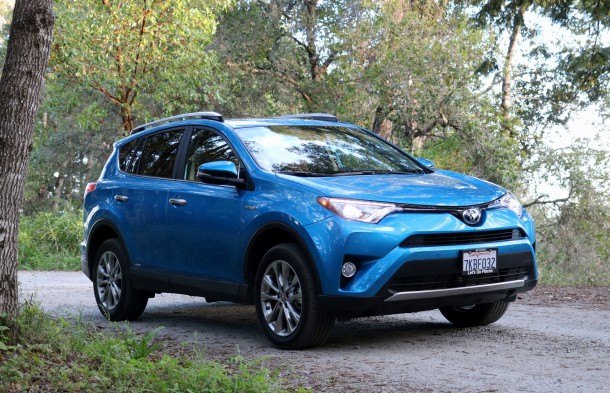



































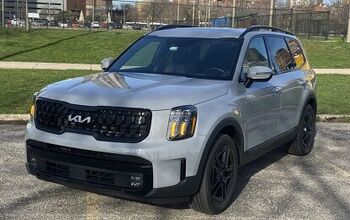

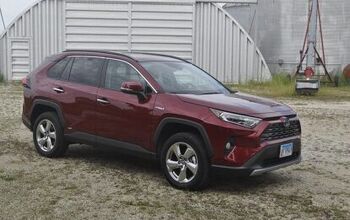
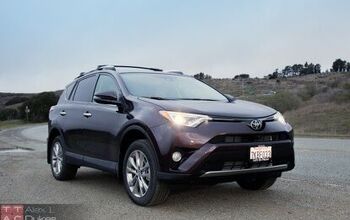
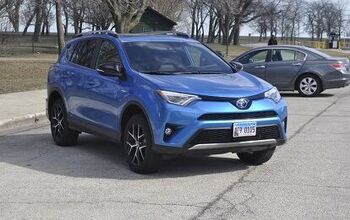

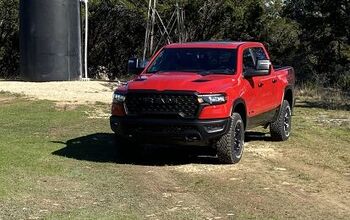
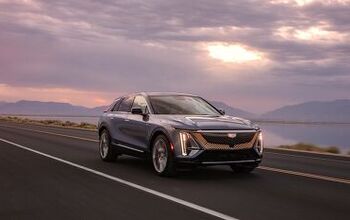
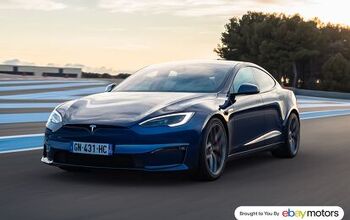
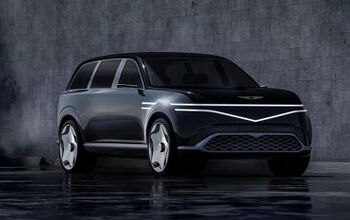
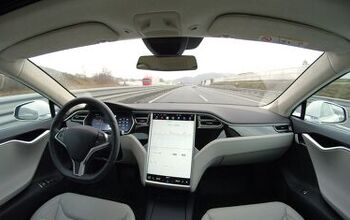


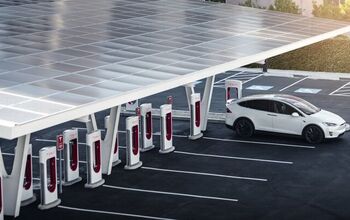

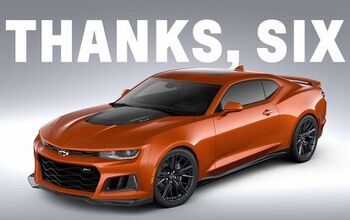

Comments
Join the conversation
I'd love to see the next gen CR-V offer a hybrid. But granted, the Toyota system is mighty impressive.
"Despite curb weight nearing the two-ton mark, fuel economy easily tops the American compact crossover segment at 34/31/33 mpg (city/highway/combined)." "Using the mid-size/full-size sedan system gives the RAV4 hybrid near class-leading 0-60 mile-per-hour performance at 7.1 seconds. That’s just a hair behind a 2.0-liter turbo Ford Escape or Kia Sportage. At the same time, it gets the best fuel economy in the segment, besting the EPA combined score by 1 mpg in our tests. That’s a 50-percent improvement over the gasoline model and even a bump over the efficient, but painfully slow, 2.0-liter Mazda CX-5." "If you’re wondering at this point why the non-hybrid XLE and Limited exist … so do I. The non-hybrid RAV4 has middling performance and disappointing fuel economy. The hybrid, on the other hand, leads in both areas while still delivering a huge cargo area and reasonable sticker price." Now we're getting somewhere. In my mind, this is the bare minimum economy/performance intersection for a vehicle this small. Seems like it could be done with less than 2 tons and a hybrid? For your next trick, Toyota, swallow your pride and pay Mazda (or better yet, BMW) to tune the suspension.